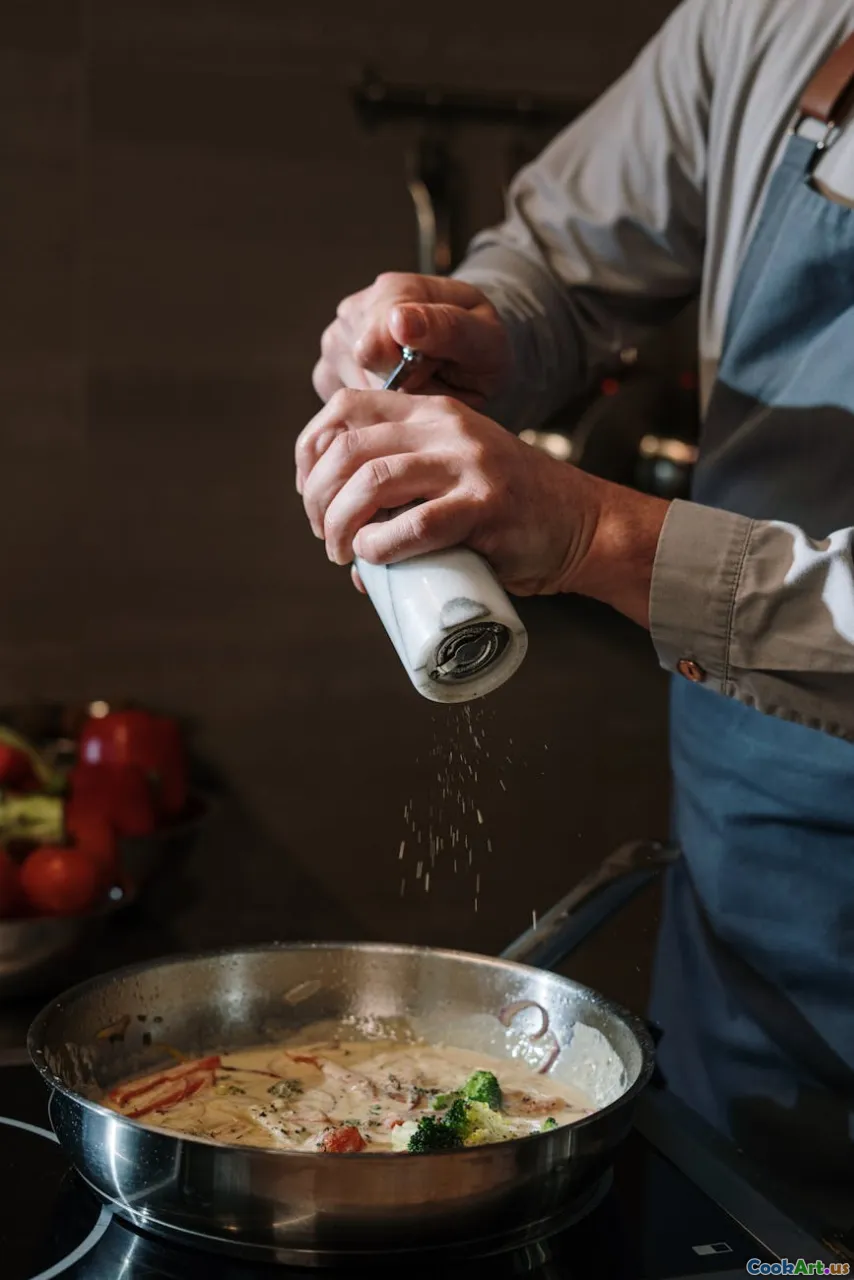The Science of Cooking with Steam
5 min read Discover how steaming transforms food, enhancing flavors and nutrients while keeping dishes healthy and moist. April 13, 2025 07:45
The Science of Cooking with Steam
Cooking with steam is a technique that has been embraced by many cultures around the world for centuries. This cooking method not only preserves the natural flavors and nutrients of food but also offers a healthier alternative to traditional frying or grilling. In this article, we will delve into the science behind steaming, explore its benefits, and provide tips for perfecting this culinary technique.
The Mechanics of Steaming
When food is exposed to steam, it cooks through the process of conduction, where heat is transferred from the steam to the food. This method is highly efficient, as steam can reach higher temperatures than boiling water without needing direct contact. The steam surrounds the food, allowing it to cook evenly and maintain moisture.
How Steam Cooks Food
- Heat Transfer: Steam transfers heat through the air, cooking the food from the outside in. This helps maintain the food’s structure and moisture.
- Temperature Control: Water boils at 212°F (100°C) at sea level, but steam can heat up to 250°F (121°C) in a pressure cooker, allowing for faster cooking times.
Benefits of Cooking with Steam
1. Retains Nutrients
One of the most significant advantages of steaming is that it preserves the nutritional value of food. Water-soluble vitamins, such as vitamin C and some B vitamins, are often lost during boiling. Steaming minimizes this loss, ensuring that your meals are both healthy and flavorful.
2. Enhanced Flavor and Texture
Steaming allows food to cook in its own juices, enhancing flavors while preventing the drying out that can occur with other methods. This results in tender vegetables and moist proteins, making for a more enjoyable eating experience.
3. Reduced Fat Content
Steaming requires no added fats, making it an excellent choice for health-conscious cooks. By avoiding oils and butters, you can enjoy flavorful meals without the extra calories.
4. Versatile Cooking Method
From vegetables to seafood and even desserts, steaming can be applied to a wide variety of foods. This versatility makes it a valuable technique in any cook's repertoire.
Tips for Perfect Steaming
1. Choose the Right Equipment
You don’t need fancy gadgets to steam food effectively. A simple steamer basket, a colander, or even a microwave-safe dish with a lid can do the trick. For larger quantities, consider investing in a dedicated steamer.
2. Prepare Food Properly
Cut food into uniform pieces to ensure even cooking. For vegetables, consider blanching them briefly before steaming to enhance color and flavor.
3. Use Aromatics
Enhance the flavor of your steamed dishes by adding herbs, spices, or citrus to the steaming water. This infuses the food with subtle flavors as it cooks.
4. Avoid Overcrowding
Give your food space to breathe. Overcrowding the steamer can lead to uneven cooking and soggy textures. It’s better to steam in batches if necessary.
Cultural Perspectives on Steaming
Steaming is a cooking technique that transcends geographical boundaries. In Asia, dishes such as dim sum and bao buns showcase the delicate flavors that steaming can achieve. In Italy, the traditional preparation of tortellini involves steaming to maintain the pasta's integrity and flavor. Whether it’s the bamboo steamers of Chinese cuisine or the sophisticated steam ovens in modern kitchens, this technique is celebrated worldwide.
Conclusion
The science of cooking with steam reveals a world of culinary possibilities that are not only healthy but also delicious. By understanding the mechanics and benefits of steaming, you can elevate your cooking and enjoy the natural flavors of your ingredients. So, the next time you're in the kitchen, consider giving steaming a try – your taste buds and your body will thank you!









